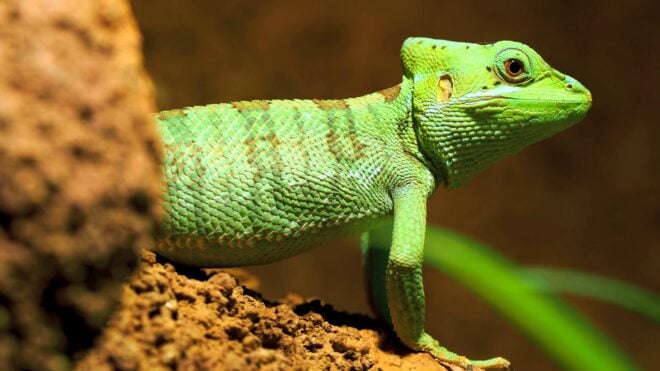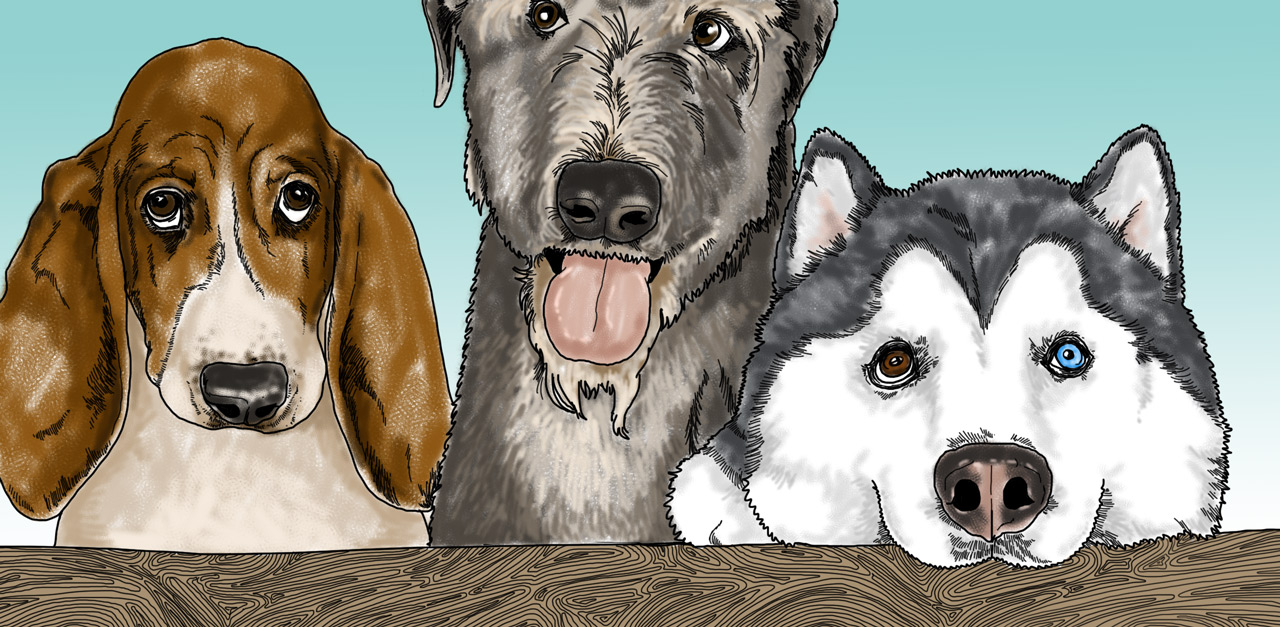
Health problems are the last thing you want to think about when it comes to your beloved dog. Unfortunately, chances are they will encounter some over the years.
Although it's impossible to predict what your dog's health will look like in the future, it's good to know what issues your pooch might be prone to if you have a popular dog breed.
Some dogs are more likely to develop certain health problems than others. Knowing what issues might affect your dog can help you to take measures to help ensure they can live the longest and healthiest lives possible.
Of course, some problems are genetically ingrained in your dog's makeup and cannot be prevented. Still, this information might help you choose what type of dog you and your family can best care for.
Take a look to learn all about the health problems that affect common dog breeds in the list below.
Photos: Laura Casely for LittleThings; Holloman Air Force Base
1. Poodle

Poodles may be known for being dainty and spoiled, but these dogs were actually bred for getting their paws wet, hunting in Germany.
In fact, according to the InTown Veterinary Group, the poodle's funny haircut actually began as a way to make them more streamlined in the water.
The veterinary group also explains that poodles, especially the miniature variety, are prone to the development of cataracts.
The clouding of the inner filling of the lens can be corrected by surgery and is worth keeping a look out for if you own this breed.
2. Labrador Retriever

Labradors are some of the most popular dogs in the United States — and with good reason.
They're great family dogs and are oh-so cute. The only problem? Labs are especially prone to obesity.
The reason for this, according to research done by the University of Cambridge, is due to the fact that Labs often carry a gene called POMC. This causes an increase in their appetite, making them more susceptible to obesity.
3. Husky

Huskies are known for being born to run and feeling at home in frigid climates.
Huskies may be tough, but they aren't invincible. According to PetMD, huskies and a few other breeds of sled dog are particularly susceptible to uveodermatologic syndrome.
This is a condition where "the immune system cannot tell the difference between harmful antigens and its own healthy body tissues, leading it to destroy the healthy body tissues."
Signs of this condition are inflammation of the interior of the eye and loss of skin pigmentation in places like the nose, lips, foot pads and anywhere else you can see your dog's skin.
4. Pug
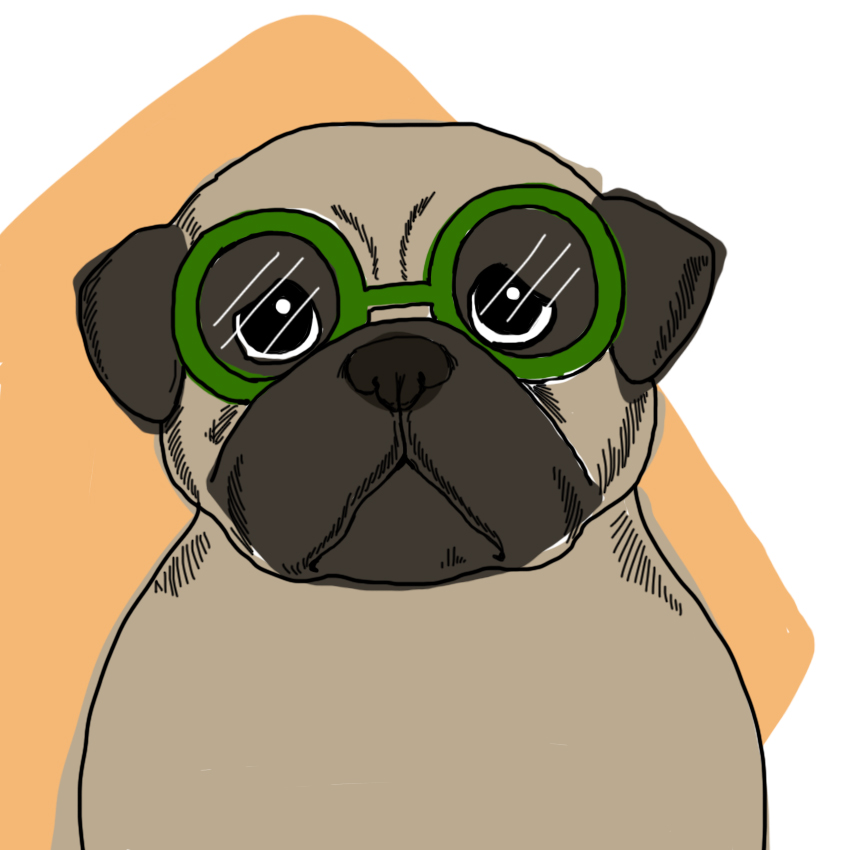
It's almost impossible to not smile when you look at a pug's squished little face.
However, this trait is related to an eye condition called pigmentary keratitis, according to Oradell Animal Hospital.
Dr. Michael H. Brown explains:
In patients with this disease, pigment builds up on the cornea and obstructs vision in the same way mud on your glasses would make it difficult for you to see. Patients with pigmentary keratitis often have vision problems and “dark” looking eyes.
Luckily, this condition is treatable and doesn’t have to result in permanent blindness for your little friend.
5. German Shepherd
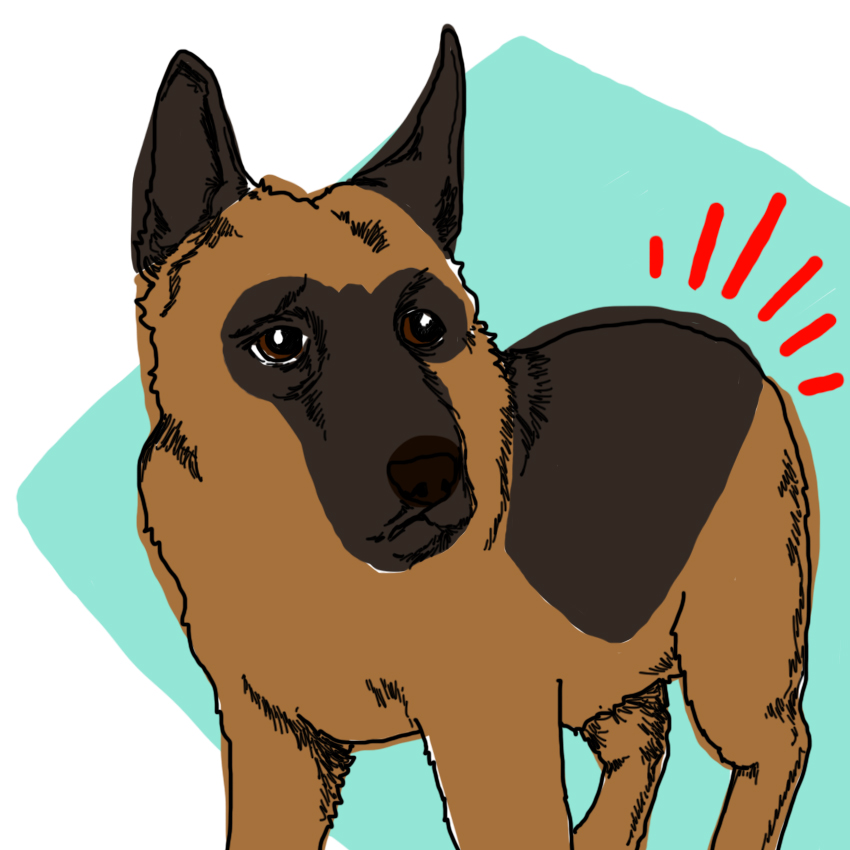
German Shepherds are celebrated for their loyalty and intelligence, which often makes them great working or guard dogs.
German shepherds — and other large breeds, for that matter — often suffer from hip dysplasia.
PetCareRx cites the Orthopedic Foundation for Animals' claim that 19% of German shepherds will develop some form of hip dysplasia throughout their life.
The breed is especially at risk for this because of their size and level of activity.
6. Dachshund
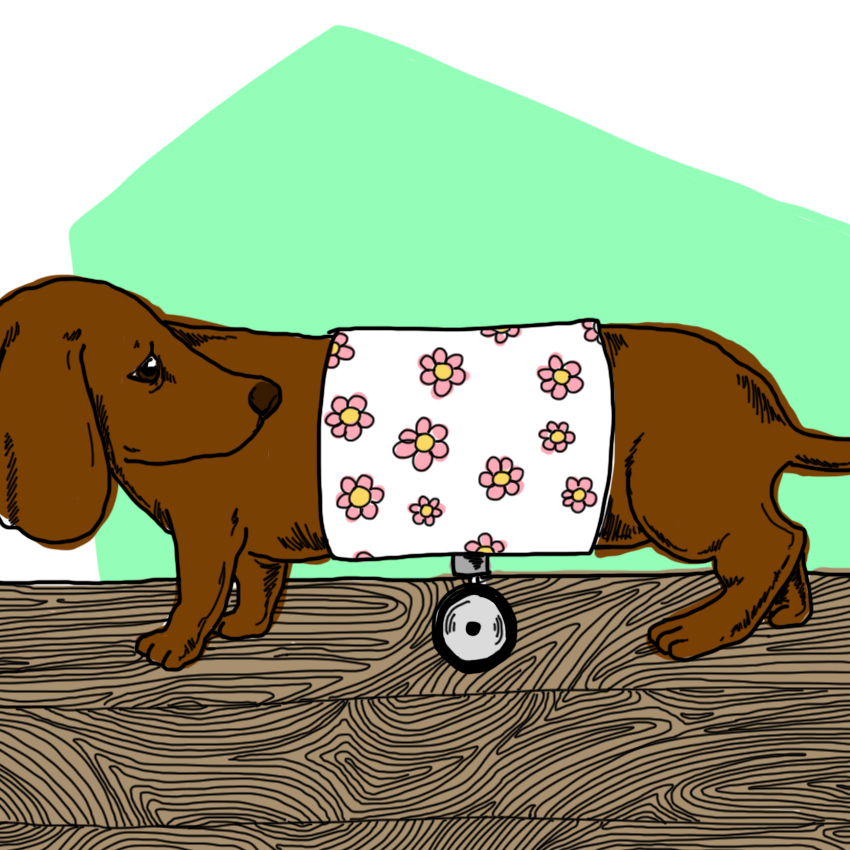
Dachshunds are often compared to hot dogs thanks to their frankfurter-shaped appearance.
However, their unique backs also cause problems for the little dogs.
Daschund owner and expert Jessica Rhae explains on a blog dedicated to the breed:
IVDD (Intervertebral Disc Disease) causes the disks to age faster than normal. The disks become dry, brittle, and fragile. IVDD starts when the jelly-like inner layer starts hardening, so it can’t cushion like it’s supposed to. Then, that inner layer bulges out, or herniates, causing pressure on the dog’s spinal cord. It can bulge out a little or a lot, causing mild to severe problems.
7. Beagle

Beagles like to spend a lot of time outdoors sniffing around. However, you might want to keep an eye on your beagle to make sure that they don't have a seizure.
As it turns out, according to the Beagle Rescue League, this breed is genetically predisposed to the development of epilepsy.
Epilepsy is by no means a death sentence for your pooch, but being aware of this common problem will make it less scary when you experience it for the first time.
8. Cocker Spaniel
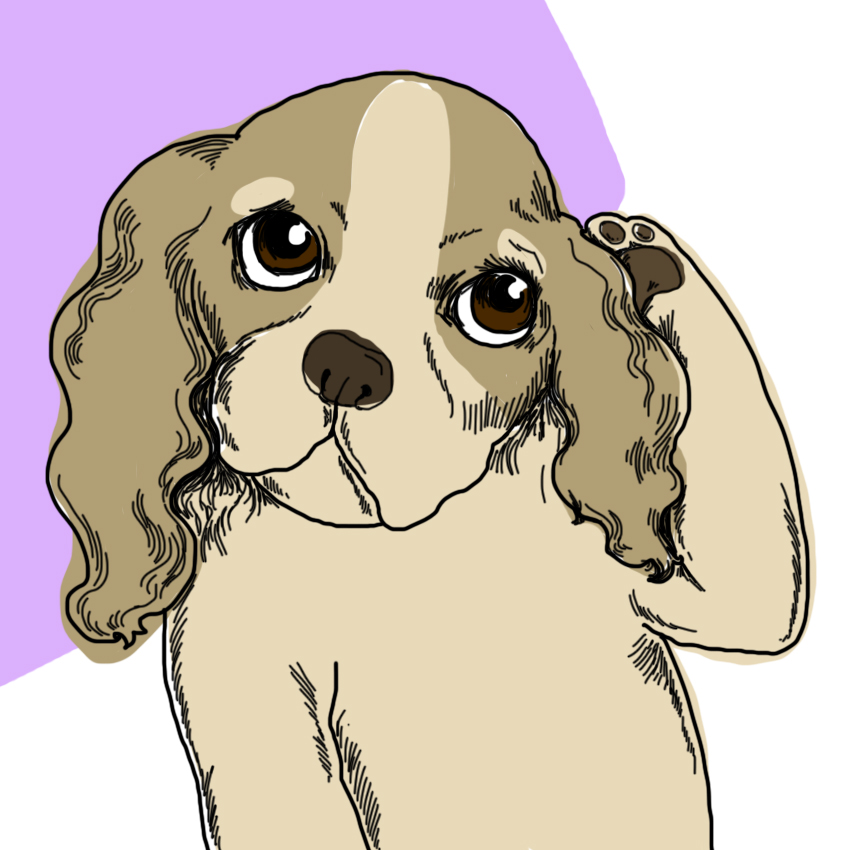
Cocker spaniel's fluffy, floppy ears almost make them look like they're wearing pigtails.
However, their ears also tend to be prone to infection. Universities Federation for Animal Welfare points out that the particular condition is called otitis externa.
It is characterized by inflammation of the ear canal, and their long drooping ears make them especially vulnerable.
9. Golden Retriever
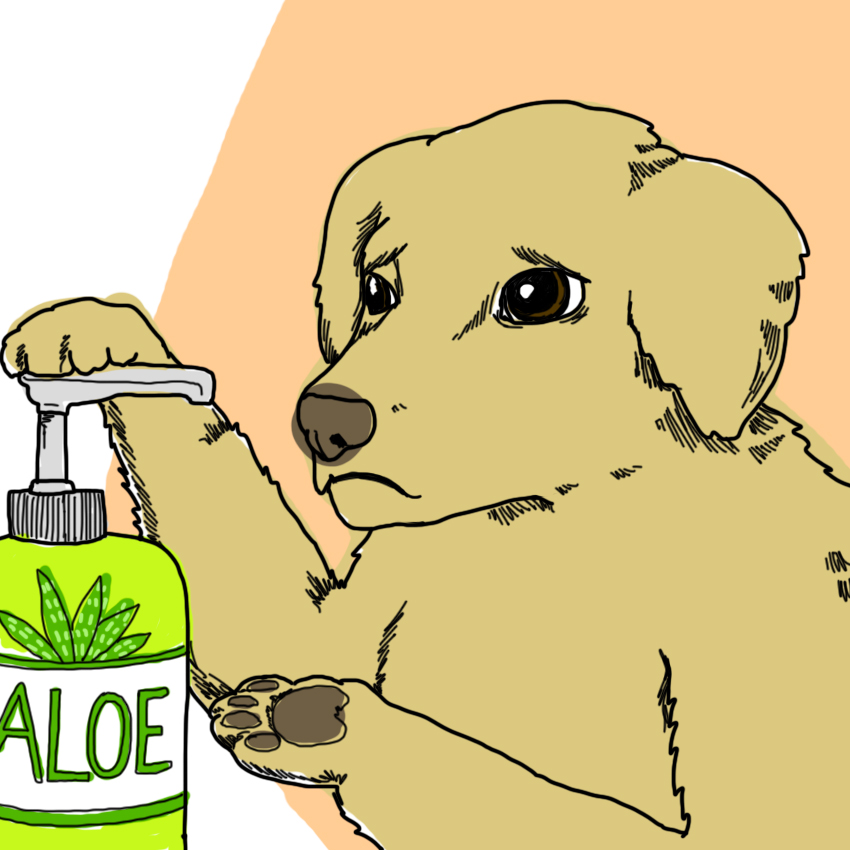
Golden retrievers are the quintessential American family dog.
Like some people, goldies have sensitive skin and are known for being prone to allergies.
Universities Federation for Animal Welfare explains:
Atopic dermatitis is an allergic skin disease which is common in Golden retrievers. It causes mild to severe itching which, as a result of scratching or rubbing, often leads to further skin damage, irritation, infection, and discomfort.
10. French Bulldog

French bulldogs are very popular because they're great companion dogs who feel just as at home on a farm as they would in an apartment.
However, the short faces that make them so cute are also known to give them trouble breathing, according to the American Kennel Club.
Make sure to keep them comfortable in warm weather, and to avoid over-exercising them.
Be sure to SHARE this information with your friends who love their dogs!



